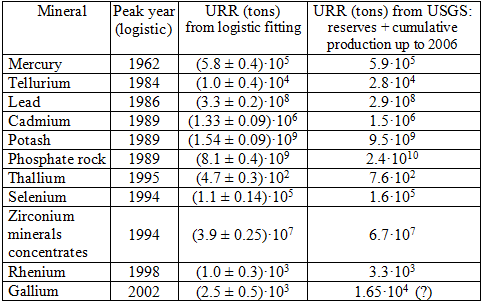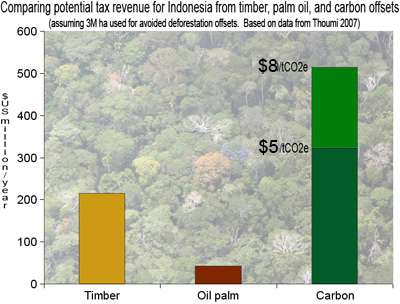...The process puts billions of dollars on the table. Studies show the emission credits could be worth anywhere from $50 billion to $300 billion, in 2007 dollars by 2020, depending on how the plan is constructed, according to the nonpartisan Congressional Budget Office....MOREFriends of the Earth comes up with the biggest numbers I've seen.
Windfalls in Lieberman-Warner Global Warming Bill: Quantifying the Fossil Fuel Industry Giveaways
In the attempt to set the United States on a course to mitigate our global warming emissions, Senators’ Lieberman (I-Conn.) and Warner (R-Va.) America’s Climate Security Act of 2007 gives hundred of billions of dollars away to corporate polluters.
All in all, nearly a half a trillion dollars is allocated directly to the fossil fuel industry, over half of which goes to coal. In addition, approximately $324 billion in auction revenue is given away to the coal industry. In total, the fossil fuel industry receives approximately $800 billion through in America’s Climate Security Act of 2007.
The way in which the federal government hands out these valuable permits will determine whether companies receive a windfall or if the money benefits the public at large.
There are two clear options for how the federal government distributes the permits. The government can either give companies or sectors the permits for free, or it can auction or sell the permits.
Allocating the permits, or giving the permits away for free, essentially hands the value of the permit from the government to the company at zero cost to the company. It is then up to the company to choose how to use the economic value of the permit.
According to the Congressional Budget Office, “giving away allowances could yield windfall profits for the producers that received them by effectively transferring income from consumers to firms’ owners and shareholders.”
7 page PDF




